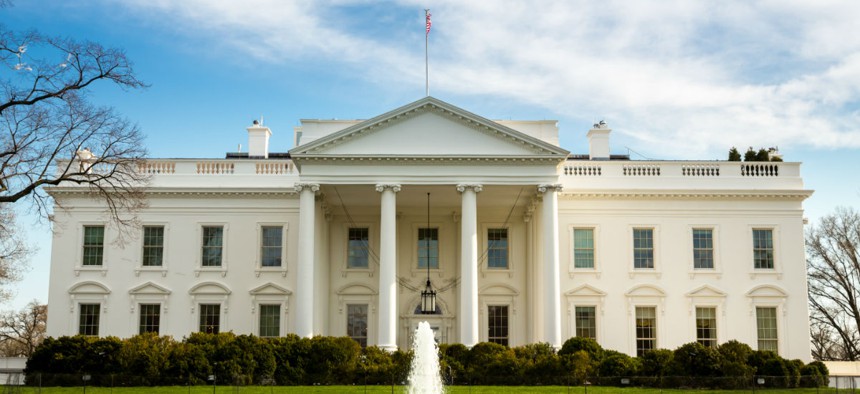White House Lays Out Digital Tools for Presidential Transition
Obama commits to social media sharing finale before January departure.
Touting President Obama’s status as “the first social media president,” the White House late on Monday announced principles with which it plans to conduct the first digital presidential transition.
In a blog post reviewing the administration’s eight-year digital accomplishments, Kori Schulman, special assistant to the president and deputy chief digital officer, said the handoff to the next administration will respect three goals.
“First, we are preserving the material we’ve created with the National Archives and Records Administration,” she wrote. “From tweets to snaps, all of the material we’ve published online will be preserved with NARA just as previous administrations have done with records ranging from handwritten notes to faxes to emails.
“Second, wherever possible, we are working to ensure these materials continue to be accessible on the platforms where they were created, allowing for real time access to the content we’ve developed,” she wrote.
“Finally, we are working to ensure that the next president and administration – regardless of party – can continue to use and develop the digital assets we have created to connect directly with the people they serve.”
Specifically, that means the handle @POTUS will be reserved for the 45th president on Jan. 20, 2017, already outfitted with its more than 11 million followers. In addition, @POTUS44, a newly created handle maintained by NARA, will contain all of Obama’s tweets along with those of other top White House officials and will be accessible to the public on Twitter as an archive, like normal presidential records.
A similar arrangement is being made for Instagram, Facebook, Tumblr and YouTube.
As happened when the Clinton and George W. Bush presidencies ended, the Whitehouse.gov website will be frozen after Jan. 20 and preserved. Thousands of hours of White House videos will move over to the Archives.
Obama’s digital accomplishments, in the White House view, include being the first POTUS on Twitter, the first to go live on Facebook, the first to answer questions from average Americans on YouTube and the first president to use a filter on Snap chat. In 2013, first lady Michelle Obama posted her first photo on Instagram. “Looking back over the past eight years, our digital footprint reflects some broader changes in the ways people consume news and information and engage with the world around them online,” Schulman wrote.
“This work began on President Obama’s 2008 campaign and, over the course of this administration, has increasingly meant meeting people where they are online, using technology to re-imagine traditional formats and creating unique opportunities for people to interact with their government.”
In a continuation of its push for open data, the White House promised that “by the end of this administration, we're committed to publicly sharing our social media content in an easily accessible and comprehensive way (e.g., zip files to download),” Schulman wrote. “In the interim, we're inviting the American public – from students and data engineers, to artists and researchers – to come up with creative ways to archive this content and make it both useful and available for years to come.”
Milestones cited include revamping Whitehouse.gov to add a blog, RSS feed and email list, along with adding a White House presence on Facebook, Twitter, and Flickr, Video, iTunes and Myspace. In 2015, Obama sent his first presidential tweet, and in 2016, the White House debuted an official story on Snap chat for the State of the Union address.
The "We the People" petition platform website launched in 2009 has more than 12 million verified users who created more than 470,000 petitions, she reported. In all, number of tweets the White House has sent, Schulman added, could reach 30,000.




